Tula rose to power after the collapse of Teotihuacan to take control of the basin of Mexico at approximately 968 C.E.. Even though the city attempted to fill the political shoes of Teotihuacan, the evidence shows that the city was much smaller. The city is laid out on a grid pattern with a ceremonial core and surrounded by pyramids. The city was organized into households which are approximately 1,970 feet (600 meters) square. Inside of these formal households were square or rectangular flat-roofed houses which were grouped into as many as five dwellings which all shared a shrine. The city ruins are characterized by giant stone warriors placed at the temples by the Toltecs.
It's maximum size and power was achieved between 950 and 1150 C.E. and its largest population was between 40,000 and 60,000 people. Its largest geographic size was between 13 and 16 square kilometers. There is much archeological evidence that shows that Tula had lost much of its power and was at least partially abandoned by the year 1200 C.E.. Many experts think this phenomenon occurred due to a drought and famine which ravaged the city. With the collapse of the city, the temples and pyramids of Tula were razed by other Indian tribes.

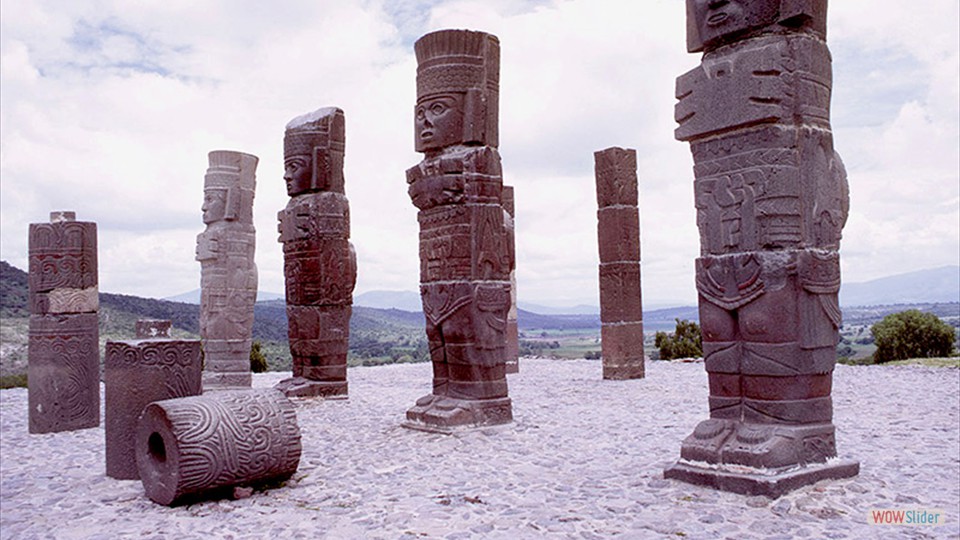
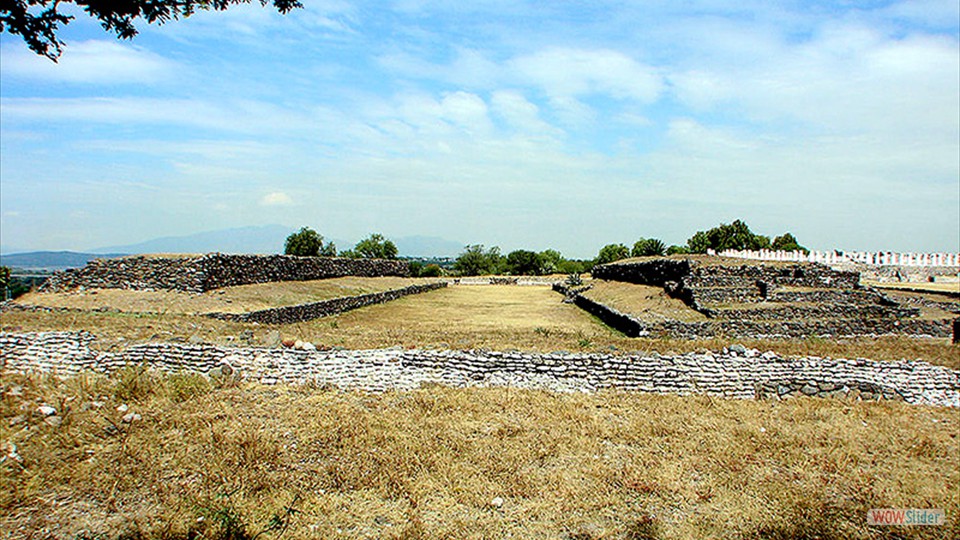
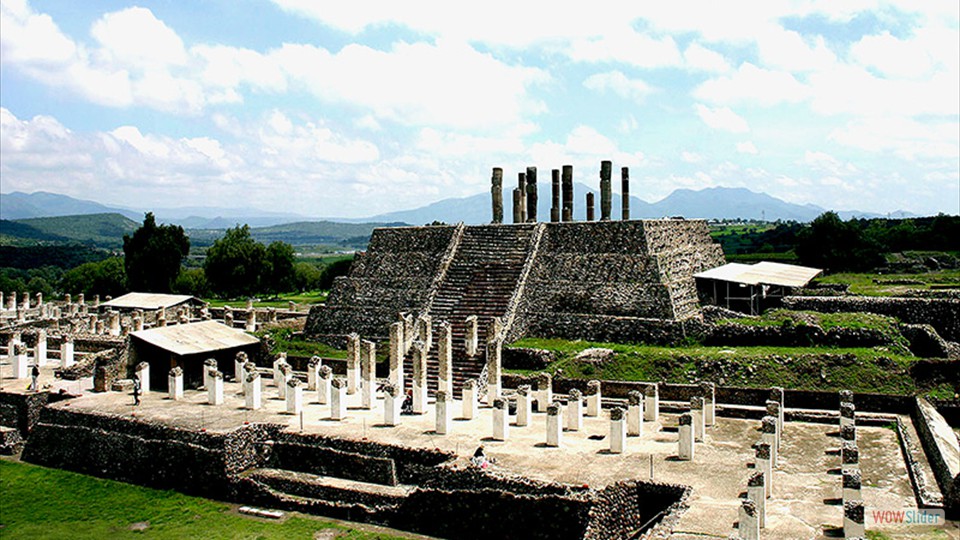
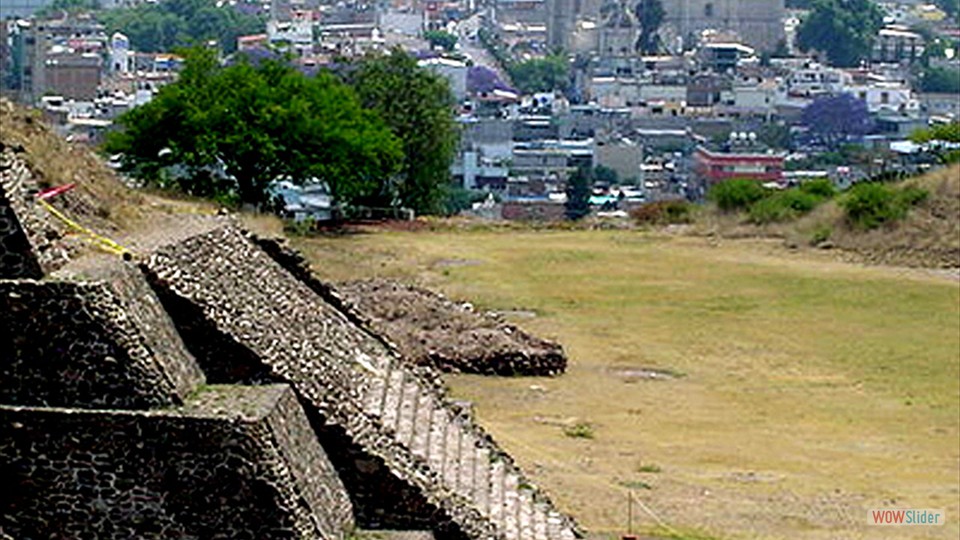
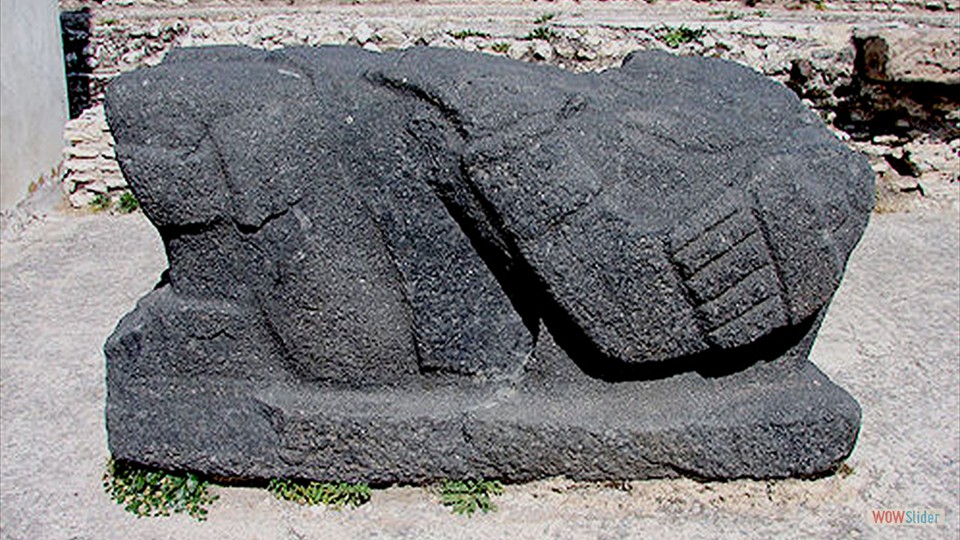
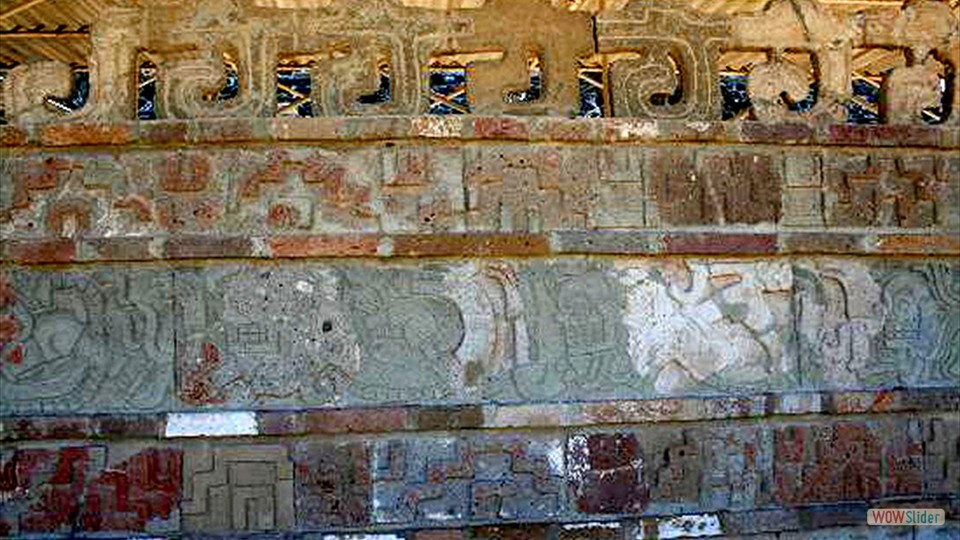
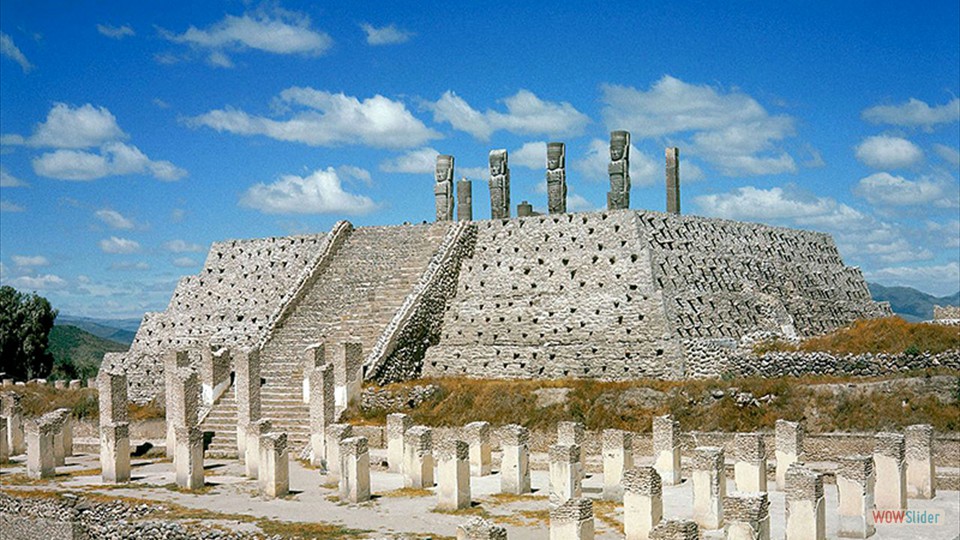
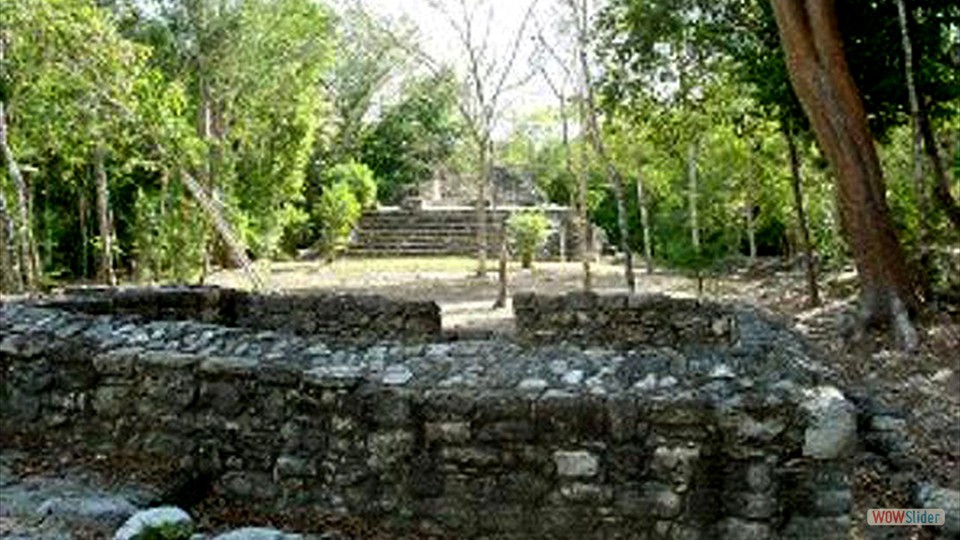
 1
1 2
2 3
3 4
4 5
5 6
6 7
7 8
8